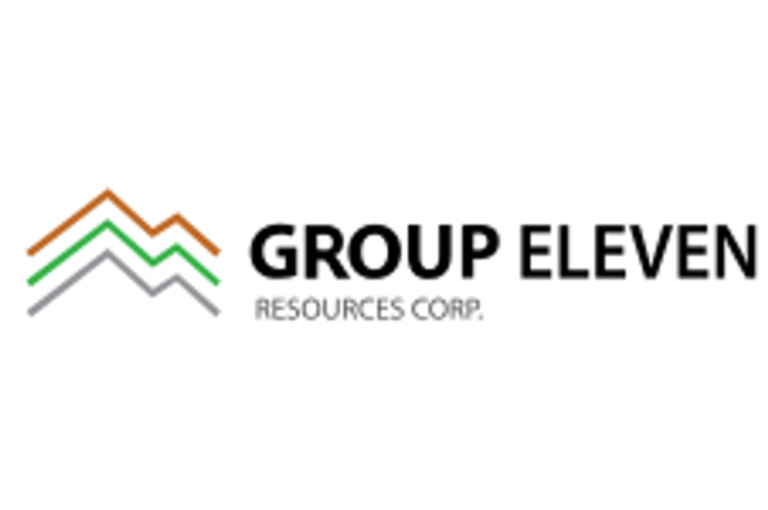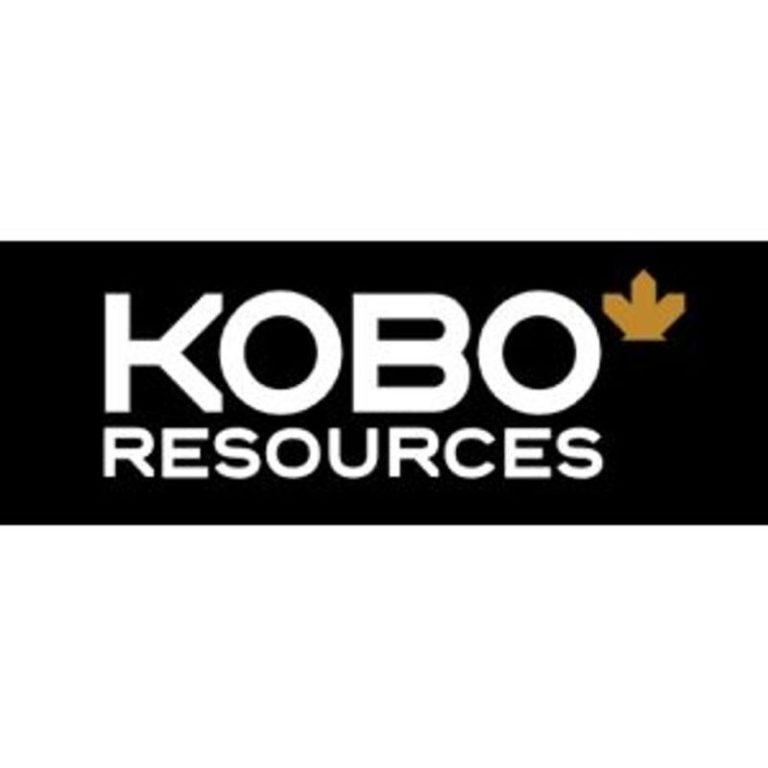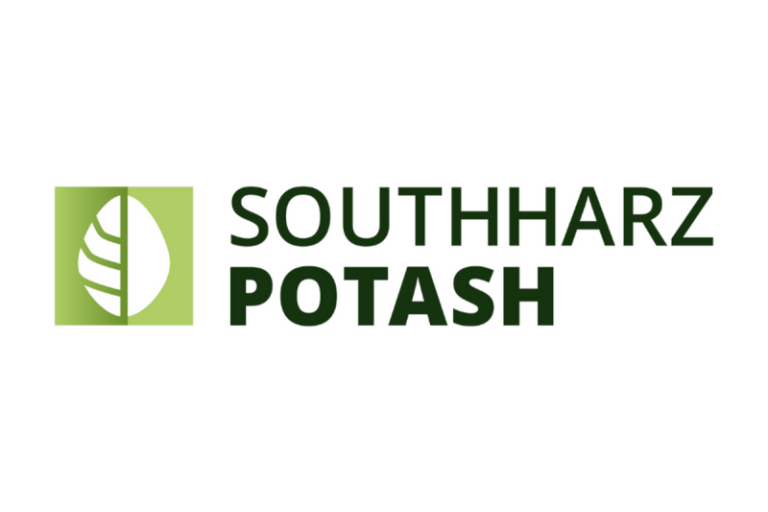Kobo Resources Inc. (‘ Kobo’ or the ‘ Company ‘) ( TSX.V: KRI ) is pleased to announce it has entered into a new earn-in agreement as part of its broader regional exploration strategy to evaluate prospective gold bearing structural corridors in Côte d’Ivoire, West Africa.
This press release features multimedia. View the full release here: https://www.businesswire.com/news/home/20250731071790/en/
Figure 1: Location Map Yakassé Gold Project
Key Highlights
- Kobo has entered into an earn-in agreement (the ‘Geoservices Earn-In Agreement’) on a permit application with GEOSERVICES CI SA (‘Geoservices’), a local Ivorian exploration company based in Abidjan, Côte d’Ivoire on July 20, 2025
- Adds 74.06 km² of prospective exploration ground to the Company’s portfolio, located within a regional gold corridor northeast of Abidjan, Côte d’Ivoire in the Adzope Region
- The Yakassé Project is supported by historical work from other operators, including Newmont Corp. (‘Newmont’), confirming gold anomalies and multiple high-grade intercepts
Edward Gosselin, CEO and Director of Kobo commented: ‘Our earn-in agreement on the Yakassé Project marks a meaningful step in Kobo’s strategy to expand our exploration portfolio in one of Côte d’Ivoire’s promising gold regions. This project sits within a structurally complex and underexplored area that has already returned high-grade results from past drilling by reputable operators. With its expected strong regional potential and well-developed infrastructure, the Yakassé Projec t aligns with our long-term growth strategy. Subject to the approval of the pending application, we look forward to advancing exploration on this project with Geoservices as we continue unlocking new opportunities alongside the development of our flagship Kossou Project .’
Geoservices – Earn-In Agreement Overview
Geoservices applied for a gold exploration license on February 23, 2021, in the Adzopé/Yakassé-Attobrou departments which was updated and its perimeter increased at Kobo’s request from 67 km 2 to 74.06 km 2 on July 17, 2025. The application is in the vicinity of the Nesdave permit (PR-0973 73.5 km 2 ) which is covered by another earn-in agreement signed in February 2025 as well as to the Kuniboa application (18.3 km 2 ) located next to the Nesdave permit (see Figures 1 & 2).
Subject to Geoservices being granted a research permit for an initial four-year term, the Company and Geoservices will conduct the exploration activities. The Company has made an initial payment of C$20,000 upon the signing of the Geoservices Earn-In agreement following the update of the application. Another payment in the amount of C$10,000 will be made by the Company upon approval of the Application by the Interministerial Commission and a final payment of C$20,000 and, subject to the approval of the TSX Venture Exchange Inc., the issuance of 30,000 common shares of the Company to Geoservices upon it being granted by decree an exploration permit.
Once the exploration permit is issued by decree, the Company can acquire a 90% interest in the license over the first four years by investing a minimum of 295 million CFA F (approximately C$719,500). The first year requires an investment of 77 million CFA F or approximately C$187,800 to acquire an interest of 18% in the permit. The second year requires a minimum investment of 67 million CFA F (approximately C$163,400) to acquire an 19% interest in the exploration permit. The third year requires the Company to invest a minimum of 68 million CFA F (approximately C$165,853) for a 28% interest in the permit and the fourth year requires a minimal investment of 83 million CFA F (approximately C$202,400) for an additional 25% interest in the permit bringing the total to 90% over the four years.
In the event the Company elects to apply for an exploitation license (an ‘ Exploitation License ‘) with respect to any of the properties covered under the Geoservices Earn-In Agreement , the Company and Geoservices will constitute a joint venture with respect to the exploitation of such property which will be held as to 81% by the Company, 9% by Geoservices and 10% by the Government of Côte d’Ivoire. The Company will be entitled to purchase, at any given time, from Geoservices an additional 4% interest in the joint venture for a cash payment of C$2.0 million.
The Geoservices Earn-In Agreemen t grants a 1% net smelter return (‘ NSR ‘) to Geoservices with the Company retaining the right to buy back 50% of such 1% NSR in consideration of a C$1.0 million payment. Following commissioning of facilities to commercially exploit a discovery, Geoservices will also be entitled to receive, subject to approval of the TSX Venture Exchange (‘ TSXV ‘), 350,000 common shares of the Company’s share-capital.
Subject to approval from the TSXV, Kobo will issue 30,000 common shares to Geoservices upon Geoservices being granted by decree an exploration permit. Such common shares will be issued to Geoservices pursuant to an exemption from the prospectus requirements of applicable Canadian securities laws and will be subject to a hold period of four months and one day.
Yakassé Gold Project – Overview
The Yakassé Project is located approximately 100 km northeast of Abidjan and is easily accessible by paved and gravel roads. The 74.06 km² permit application lies within a highly prospective region characterized by NE-SW trending Birimian metavolcanic and metasedimentary units intruded by granitoids. Gold mineralization in the area is structurally controlled, associated with shear zones and quartz veining, and has been the focus of significant historic artisanal and small-scale mining activity.
Previous exploration by reputable operators, including, most recently, Newmont (2007–2010), outlined widespread gold anomalies and confirmed the potential for mineralized systems at the Yakassé Project . Newmont’s work included extensive soil geochemistry, auger drilling, and over 3,500 metres (‘ m ‘) of reverse circulation (‘ RC ‘) drilling 1 . Several broad, near-surface gold intercepts were reported, including 44.0 m at 2.32 g/t Au , 48.0 m at 1.20 g/t Au , and 20.0 m at 1.69 g/t Au , highlighting the strong mineral potential associated with NE-SW trending shear zones. Importantly, the Company believes the structural trends observed at Yakassé may represent parallel systems to those present at its nearby Nesdave permit and Kuniboa application, underscoring the broader regional opportunity to consolidate and explore an underexplored but prospective gold corridor in southeastern Côte d’Ivoire.
Nesdave Earn-In Agreements
As announced on March 4, 2025, Kobo previously entered into earn-in agreements (the ‘ Nesdave Earn-In Agreements ‘) with NESDAVE MINING SARL (‘ Nesdave ‘) with respect to two exploration licences, PR-0970 and PR-0973.
Pursuant to the Nesdave Earn-In Agreements , as amended on July 25, 2025, the Company can acquire (i) a 90% interest in the PR-0970 license over the next four years by investing 550 million CFA F (approximately C$1.25 million), with 75 million CFA F (approximately C$171,500) being invested in the first year, and (ii) a 90% interest in the PR-0973 license over the next four years by investing 555 million CFA F (approximately C$1.27 million), with 80 million CFA F (approximately C$183,000) being invested in the first year.
Furthermore, in the event Kobo elects to apply for an Exploitation Licence with respect to any of the properties covered under the Nesdave Earn-In Agreements , Kobo and Nesdave will constitute a joint venture with respect to the exploitation of such property which will be held as to 80% by Kobo , 10% by Nesdave and 10% by the Government of Côte d’Ivoire.
Finally, each of the Nesdave Earn-In Agreements grants a 1% NSR to Nesdave with the Company retaining the right to buy back 50% of such NSR in consideration of a C$1.0 million payment. Following the completion of a positive Feasibility Study leading to the issuance of an Exploitation License, Nesdave will also be entitled to receive (i) a bonus payment of C$1.00 per proven and probable ounce of gold discovered and (ii) subject to approval of the TSXV, 350,000 common shares of the Company’s share-capital.
Subject to approval from the TSXV, Kobo will issue 60,000 common shares to Nesdave in connection with the execution of the Nesdave Earn-In Agreements . Such common shares will be issued to Nesdave pursuant to an exemption from the prospectus requirements of applicable Canadian securities laws and will be subject to a hold period of four months and one day.
Review of Technical Information
The scientific and technical information in this press release has been reviewed and approved by Paul Sarjeant, P.Geo., who is a Qualified Persons as defined in National Instrument 43-101. Mr. Sarjeant is the President and Chief Operating Officer and Director of Kobo.
About Kobo Resources Inc.
Kobo Resources is a growth-focused gold exploration company with a compelling new gold discovery in Côte d’Ivoire, one of West Africa’s most prolific and developing gold districts, hosting several multi-million-ounce gold mines. The Company’s 100%-owned Kossou Gold Project is located approximately 20 km northwest of the capital city of Yamoussoukro and is directly adjacent to one of the region’s largest gold mines with established processing facilities.
With over 18,500 metres of diamond drilling, nearly 5,900 metres of reverse circulation (RC) drilling, and 5,900 metres of trenching completed since 2023, Kobo has made significant progress in defining the scale and prospectivity of its Kossou’s Gold Project . Exploration has focused on multiple high-priority targets within a 9+ km strike length of highly prospective gold-in-soil geochemical anomalies, with drilling confirming extensive mineralisation at the Jagger, Road Cut, and Kadie Zones. The latest phase of drilling has further refined structural controls on gold mineralisation, setting the stage for the next phase of systematic exploration and resource development.
Beyond Kossou , the Company is advancing exploration at its Kotobi Permit and is actively expanding its land position in Côte d’Ivoire with prospective ground, aligning with its strategic vision for long-term growth in-country. Kobo remains committed to identifying and developing new opportunities to enhance its exploration portfolio within highly prospective gold regions of West Africa. Kobo offers investors the exciting combination of high-quality gold prospects led by an experienced leadership team with in-country experience. Kobo’s common shares trade on the TSX Venture Exchange under the symbol ‘KRI’. For more information, please visit www.koboresources.com .
NEITHER THE TSXV NOR ITS REGULATION SERVICES PROVIDER (AS THAT TERM IS DEFINED IN THE POLICIES OF THE TSXV) ACCEPTS RESPONSIBILITY FOR THE ADEQUACY OR ACCURACY OF THIS RELEASE.
Cautionary Statement on Forward-looking Information:
This news release may contain ‘forward-looking information’ and ‘forward-looking statements’ (collectively, ‘forward-looking statements’) within the meaning of the applicable Canadian securities legislation. All statements, other than statements of historical fact, are forward-looking statements. Any statement that involves discussions with respect to predictions, expectations, beliefs, plans, projections, objectives, assumptions, future events or performance (often but not always using phrases such as ‘expects’, or ‘does not expect’, ‘is expected’, ‘anticipates’ or ‘does not anticipate’, ‘plans’, ‘budget’, ‘scheduled’, ‘forecasts’, ‘estimates’, ‘believes’ or ‘intends’ or variations of such words and phrases or stating that certain actions, events or results ‘may’ or ‘could’, ‘would’, ‘might’ or ‘will’ be taken to occur or be achieved) are not statements of historical fact and may be forward-looking statements, including statements related to the issue of the common shares, the future development of the Company and the Company’s plan with respect to the properties subject to the Geoservices Earn-In Agreement and the Nesdave Earn-In Agreements. Forward-looking statements are necessarily based upon a number of estimates and assumptions that, while considered reasonable as at the date of this news release, are subject to known and unknown risks, uncertainties, and other factors which may cause the actual results and future events to differ materially from those expressed or implied by such forward-looking statements. Such factors include, but are not limited to: general business, economic, competitive, political and social uncertainties; the inherent risks involved win the exploration and development of mineral properties; unanticipated costs and expenses; the delay or failure to receive board, shareholder or regulatory approvals; and other risk factors listed from time to time in our documents filed with Canadian securities regulators on SEDAR+ at www.sedarplus.ca . There can be no assurance that such statements will prove to be accurate, as actual results and future events could differ materially from those anticipated in such statements. Accordingly, readers should not place undue reliance on the forward-looking statements and information contained in this news release. Except as required by law, Kobo assumes no obligation and/or liability to update the forward-looking statements of beliefs, opinions, projections, or other factors, should they change, except as required by law.
1 Newmont Mining, Internal Report, Adzope License (Coté d’Ivoire) Final Report, October 2010
View source version on businesswire.com: https://www.businesswire.com/news/home/20250731071790/en/
For further information, please contact:
Edward Gosselin
Chief Executive Officer and Director
1-418-609-3587
ir@kobores.com
Twitter: @KoboResources | LinkedIn: Kobo Resources Inc.










